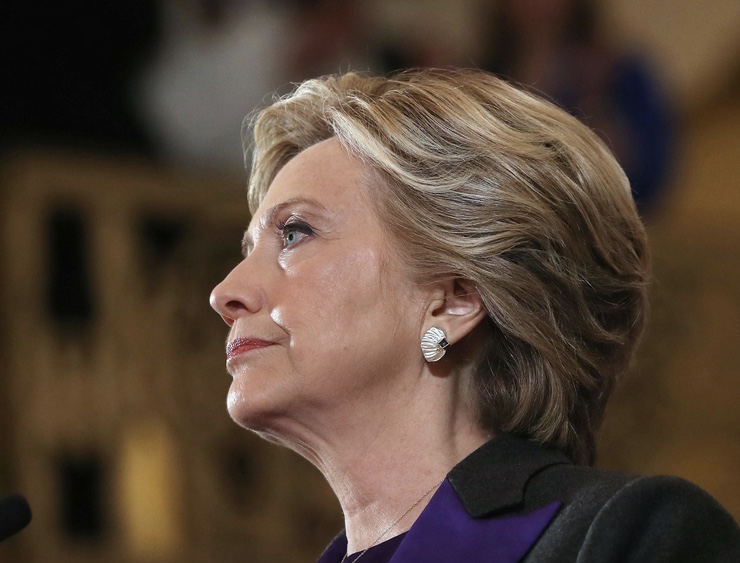A narrative has formed around the presidential race: Donald Trump is losing because he’s botched the current crisis. Americans are desperate for competence and compassion. He’s offered narcissism and division — and he’s paying the political price.
For progressives, it’s a satisfying story line, in which Americans finally see Mr. Trump for the inept charlatan he truly is. But it’s at best half-true. The administration’s mismanagement of the coronavirus and the Black Lives Matter protests only partially explain why the president is trailing badly in the polls. There’s another, more disquieting, explanation: He is running against a man.
The evidence that Mr. Trump’s electoral woes stem as much from the gender of his opponent as from his own failures begins with his net approval rating: the percent of Americans who view him favorably minus the percent who view him unfavorably. Right now, that figure stands at -15 points. That makes Mr. Trump less popular than he was this spring. But he’s still more popular than he was throughout the 2016 campaign. Yet he won.
What has changed radically over the past four years isn’t Americans’ perception of Mr. Trump. It’s their perception of his opponent. According to Real Clear Politics’s polling average, Joe Biden’s net approval rating is about -1 point. At this point in the 2016 campaign, Hillary Clinton’s net approval rating was -17 points. For much of the 2016 general election, Mr. Trump faced a Democratic nominee who was also deeply unpopular. Today, he enjoys no such luck.
Why was Mrs. Clinton so much more unpopular than Mr. Biden is now? There’s good reason to believe that gender plays a key role. For starters, Mrs. Clinton wasn’t just far less popular than Mr. Biden. She was far less popular than every male Democratic nominee since at least 1992. Neither Bill Clinton, Al Gore, John Kerry nor Barack Obama faced overwhelming public disapproval throughout their general election campaigns. Hillary Clinton did.




